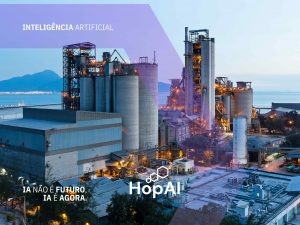The AI gold rush has begun.
Leaders understand that AI is a critical strategic differentiator to stand out in the market, and companies from different industries are starting their adoption journey. However, according to the “Gartner 2022 AI in Organizations” survey, only 53% of AI projects go into production. At Hop, that number is closer to 94%, and in this article, we’ve taught you the way to be more successful by adopting AI.
Takeaways:
- A solid adoption strategy starts with data.
- Choose a project whose results are quick and can “finance” future initiatives.
- Define how you are reaping results (cost reduction, sales increase, new business creation).
- Build a team capable of implementing AI in your field.
- Data: the new oil
You have surely heard that “data is the new oil”. And it really is. Just like an engine needs fuel to run, AI needs data to process and convert into useful information for the business. But companies usually face many challenges, whether to collect data, organize it or make it available for use. This problem is broad and ranges from companies whose data is nothing more than a few lines in a spreadsheet to those who believe that they will not be ready for AI until 2 or 3 years building your data lake project.
Before starting any AI project, it is essential to assess the quantity and quality of available data; understand what questions you want to answer and what data we have for that. A good historical collection creates a rich base to ease any restrictions or complexities and is a crucial asset for the success of an AI project.
To discover this data internally some questions can be asked:
- Ideally, what are my expected inputs and outputs?
- Inputs are the raw data that feed the model, while outputs are the predictions or decisions generated by the model. Clearly defining this information will help you identify gaps in the data and understand what is needed to fill those gaps.
- Is there any database (private or public) with this information?
- When evaluating the available data, it is important to consider whether there are databases, private or public, that can be used. Leveraging existing data can save time and resources in collecting and organizing new data. In addition, the use of public or third-party datasets can provide valuable insight that complements the company’s internal data.
- How expensive can a labeling process be?
- Data labeling is a critical step in the development of machine learning models, especially when we talk about supervised learning that is applied to a wide range of problems . However, the labeling process can be expensive and time-consuming. Therefore, assessing the costs and resources required for the labeling process is essential to properly plan the project and ensure data quality.
Organized and labeled data is valuable and can represent a significant competitive advantage for the company. Investing in high-quality data collection, organization, and labeling can help a company stand out in the market, enabling the development of more accurate and efficient AI solutions.
- Quick wins
Choosing the scope of the first project well is half the path to the success of the AI journey. It is very common to choose the most innovative project or one with the greatest potential for transformation. However, this is often the most complex project, with the least amount of data available and which will require time and support to mature that simply does not exist today.
The main objective of the first project is to start the journey solidly. He doesn’t need to be the most audacious, but he needs to generate value and be convincing enough to generate new initiatives. In this case, it is more important to generate what we call a “quick win” (a quick win) to revolutionize a market.
To do this, start by choosing problems that are related to the company’s core business. Run away from very peripheral initiatives that, even if successful, will have difficulties in proving ROI.
After that, it is important to consider the complexity of the task and the uniqueness of the problem to be solved. Some tips to help with this analysis:
- Understand how comprehensive the result needs to be to be effective. In a classification task, for example, the greater the number of classes, the more complex, so if there is a pareto where 20% of the classes represent 80% of the volume (or the value for the business) focus on that cut.
- Complexity in language processing problems can come about through the ambiguous nature between documents.
- The demand for the quality of a result can also be seen as a factor that increases the complexity of the solution.
- Define how you are reaping results (cost reduction, sales increase, new business creation)
Usually, a company that wants to take the first steps with this type of technology feels the weight of the risk. Everyone is unanimous about the transformation potential, but materializing these risks and results is not an easy task.
Start by clearly defining how results will be collected and measured. In general, artificial intelligence projects will generate results in one of three ways:reducing costs (automation creates cost-cutting opportunities in virtually every industry), increasing revenue (recommender and forecasting systems increase sales and efficiency), or launching new lines of business (AI enables new projects that were not previously possible before).
Make sure that, if successfully executed, the company’s leaders and executives agree that this project will create sufficient value for the business.
- Alphabetize your team in AI
In every business there will be varied opportunities to implement AI. To take advantage of them and choose the one with the best potential for success, it is important to involve the team. Bringing in people who know the day-to-day activities and the company’s processes is fundamental. They are the ones that will identify the tasks with the best potential for using an AI. But only if they understand what an AI is capable of and what it should never do.
Investing in “literacy” in artificial intelligence does not mean that your entire team will be transformed into machine learning engineers, but rather to enable them to understand, at different levels of understanding, how AI works and can be applied in business. Teams with this understanding can actively participate in the adoption journey, facilitating the work of the technical team, collaborating more and increasing the chances of success.
In any business, there are many opportunities for implementing AI. To make the most of these opportunities and select those with the greatest potential for success, it is crucial to involve the team. Including people who are familiar with the day-to-day activities and processes of the company is fundamental. They are the ones that will identify the tasks with the best potential for using an AI. However, this will only be possible if they understand the capabilities and limitations of AI.
Investing in AI “literacy” doesn’t mean turning your entire team into machine learning engineers. Rather, it aims to empower them to understand, at different levels, how AI works and can be applied in business. Teams with this knowledge can actively participate in the adoption journey, facilitating the work of technical professionals, collaborating more efficiently and increasing the chances of success.
Hosting AI training, workshops, and brainstorming sessions can help staff become familiar with the concepts and technologies involved. This can also contribute to identifying areas that can benefit from AI and developing innovative solutions that align with the company’s goals and objectives. By empowering your team, you are building a strong foundation for successful adoption of AI in your business.
5. Look for a partner to accelerate your initiative
The AI area still does not have widely established knowledge in the job market, so looking for partners with a history in the area can accelerate and reduce the risks of the journey.
Hop AI is a company specialized in delivering customized Artificial Intelligence solutions. Our mission is to ensure that all of our customers benefit from using AI at scale in their operations.
We offer a range of services to help companies adopt and scale AI, including:
- Understanding of the business and AI application opportunities.
- Strategy and planning to scale AI.
- Acquisition and understanding of the data to be used.
- Implementation and evolution of machine learning models.
- Stabilization and maintenance of machine learning models.
- Governance and monitoring of AIs in production.
- Implementation of ModelOps practices.




